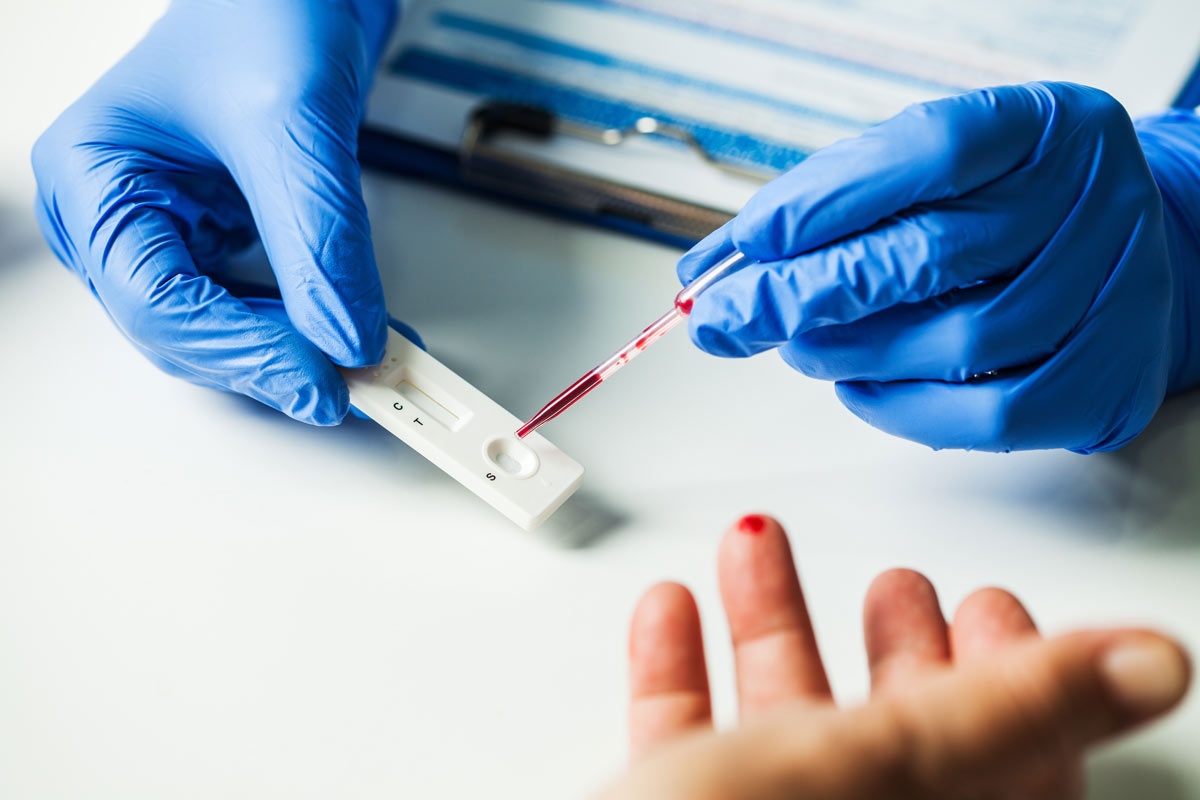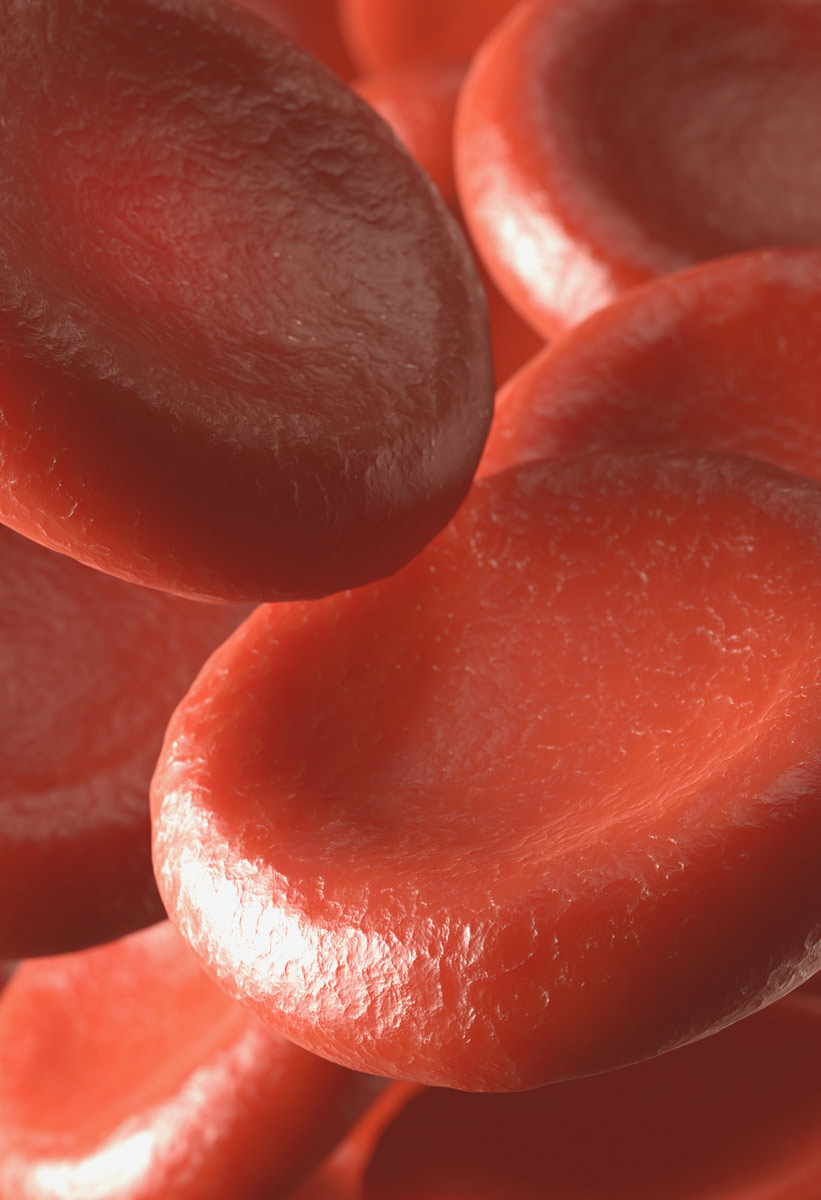Hematological

What are hematological diseases?
These are diseases that affect the production of blood and its components: red and white blood cells, platelets, etc.

Most frequent hematological conditions we can intervene in:
Anemia, iron overload, polycythemia
Deficiency in the formation of red blood cells, white blood cells, and platelets
Leukemias
Lymphomas
What is the cause?
The cause lies in an alteration in the production of these blood components, which can occur due to an excess or deficiency in their numbers, or because of the proliferation of cancerous cells.
What is our objective?
Depending on the specific case, our objective is either to help the bone marrow produce these components in the proper quantity or to prevent the formation and proliferation of aberrant cells.
How can we help?
- The first step is to make an accurate diagnosis through a detailed interview, physical examination, and precise diagnostic techniques, such as protein profile, lymphocyte typing, serology, and others.
- Once we have all the necessary data, we can support cellular autoregulation using various strategies, including Bioimmunogenetics (Bi(G)MED), nutrition and micronutrition, as well as any additional complementary treatments tailored to the specific case.

Particularities
Lymphocyte typing provides crucial data that can give us a definitive diagnosis of lymphoma or leukemia in the early stages. This enables us to detect these conditions much earlier than traditional imaging techniques or tumor markers.
Additionally, we can help maintain the number of leukocytes and neutrophils during chemotherapy cycles, when these cell counts often decline significantly.


